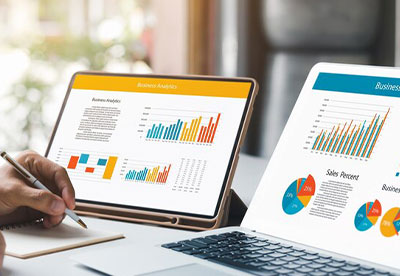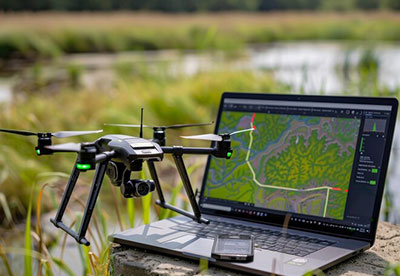Data Analysis is the process of evaluating the raw data to obtain information from it. To exact the data, they use analytical and statistical tools. Also, data analysis plays a major role in every organization to identify the problem they face. Along with that, they also analyze and explore the data in a meaningful way.
Extracting the raw content into information. Such information can be used for decision-making for the organization to increase productivity and profit. They hire data analysts to analyze this type of raw content for the companies.
Importance of Data Analysis
The data analysis helps the organization or business optimize its performance, increase profit, and make more strategic decisions and guidelines to perform well enough. Therefore, they are adopted in several industrial sectors to get information for making decisions.
Implementing the data analysis process in an organization will help to reduce costs. And it can identify efficient decision-making that will help the business profitably. Making the right decision will help to analyze customer needs and provide satisfaction. It also leads to better products and better services.
Data Analysis Process
Data analysis comes with several phases to derive useful information and decision-making from it. Every phase needs to be much more accurate to find valuable information from the raw content.
- Define your Objective.
- Collection of Data
- Clearing the unwanted data
- Performance
- Interpret
Define Your Objective
Before starting the data analysis part, you need to choose and get the answer for what you’re looking for and your objection. Answering these questions will give clear ideas about the data analysis. In addition, finding the need and purpose of data analysis will help track your business growth and improve your profit.
Collection of Data
After defining your objective or purpose, you will get a clear vision of the process and collect the required resources. The collection of data is a major part of where you can able to get more information. The more you collect the data, the more you get information. The primary source in the data collection process is internal resources which are structured data. They are derived from various software like marketing automation tools, ERP systems, CRM, etc.
The secondary sources in data collection are external sources, including social media, website reviews, financial data, census, trending, and much more. These types will help to collect data in a better way.
Clearing the Unwanted Data
Once you collect the data for analysis, you can sort out the required information. Analyzing deeper and cleaning is the most important part where you can get better knowledge about the data. Most people use this method to derive unwanted data from the source for better performance.
Performance
The performance is the step in the data analysis where the process is well analyzed and manipulates the data better. The process comes with several techniques, which are
- Data mining
- Data Visualization
- Business Intelligence
- Text Analytics
These are the major facts to make a different type of performance for data analysis more extreme. Even for data analysis techniques, there are several ways to exact the information from raw data. Using some algorithms and models, you can derive the data from raw content.
Interpret
Interpreting is the result part of data analysis essential to determine the actual value of business growth. The phrase has the functionality to consider the limitations and challenges of the present data. This comes with the major tested process to reduce production costs without reducing product quality.
Data Analysis Methods
- Statistical analysis
- Textual analysis
- Predictive analysis
- Prescriptive analysis
- Diagnostic analysis
Statistical Analysis
Depending on the data collection process, statistical analysis performs. It also helps to determine every numerical data and categorizes data according to it. On the other hand, you can find the same data in a different section.
Textual Analysis
Textual analysis is also referred to as data mining which helps to find the volume of data. One of the most important methods is to derive the information from the raw content.
Predictive Analysis
The predictive analysis mainly depends on the machine language. The main aim is to attain the best assessment, which will happen in the future.
Prescriptive Analysis
This analysis is used to define the course of action by using machine language. It also brings the option to drive data to better business growth.
Diagnostic Analysis
It’s an advanced form of data analysis to determine a particular phase. The techniques come in different parts, including data mining, discovery, and drilling.
Conclusion
Data analysis helps to access and exact information from the raw content. Each raw content has its value which can be more effective and increase productivity in every business growth. Analysis of the data and finding solutions for the organization’s problem are done over here.
Business Intelligence VS Data Analytics: What to Choose?
3 mins read


















